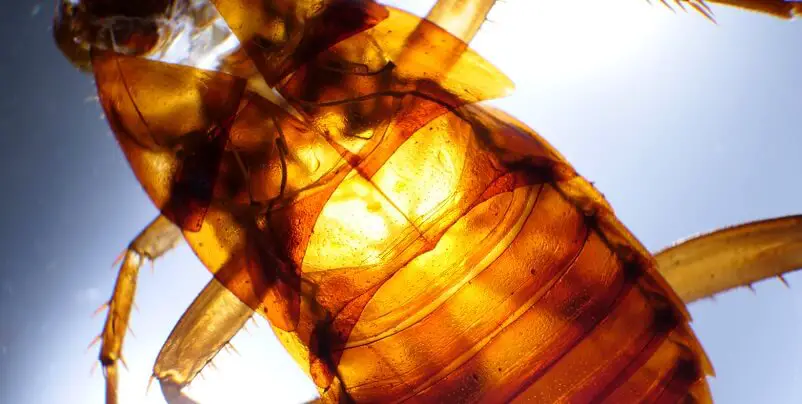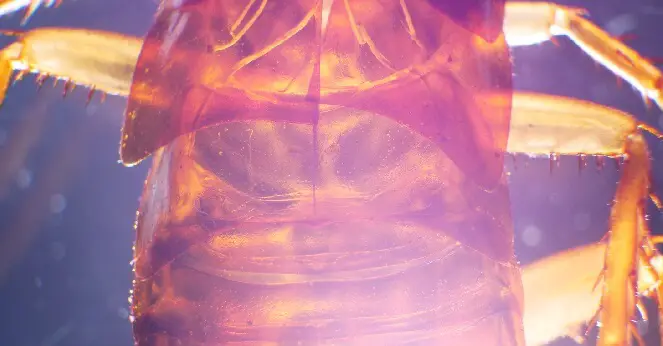How Many Hearts Does A Cockroach Have?

Cockroaches are often depicted as merely bothersome pests that invade our homes. Yet, these resilient creatures possess unique biological systems that testify to nature’s ingenious designs. One of the most fascinating aspects of a cockroach’s anatomy is its heart.
If you’ve ever pondered, “How many hearts does a cockroach have?” the answer is simple – just one. But, the intriguing details lie in its structure and function. Let’s delve deep into the cockroach’s circulatory system to discover the wonders hidden within these tiny creatures.
Comparative Glance
For a clearer understanding, let’s put this information into a simple table:
| Feature | Human Heart | Cockroach Heart |
|---|---|---|
| Number of Chambers | 4 | 13 |
| Purpose of Blood | Transporting oxygen & nutrients | Transporting nutrients |
| Driving Mechanism | Muscular movement | Nerve signal |
| Circulatory System | Closed (has blood vessels) | Open (lacks vessels) |
| Blood Type | Red Blood | Hemolymph |
| Oxygen Distribution | Via heart & blood vessels | Through spiracles & dorsal sinus |
The Heart of a Cockroach
Unlike humans, who have one heart with four chambers, a cockroach has a single tubular heart with a staggering 13 chambers! One might ask, “Why so many chambers for such a tiny creature?” Well, it turns out nature has a method to its madness.

Working Mechanism
The heart of a cockroach, like other arthropods, is neurogenic. This essentially means that it relies on nerve signals for its beating rather than muscular movements, quite different from our myocardial-driven heartbeats. Remarkably, the cockroach heart beats at a pace akin to the human heart.
Even more captivating is that these insects possess an open circulatory system. This means they don’t have blood vessels like we do. In the absence of lungs, cockroaches breathe through spiracles, openings present in their exoskeleton.
When air enters through these spiracles, it reaches the dorsal sinus, which subsequently distributes oxygen throughout the insect’s body. Hence, the primary role of the cockroach heart is not oxygen distribution but the movement of hemolymph.
Besides delivering essential nutrients and expelling waste, the heart’s rhythmic motions, coupled with hydrostatic pressure, are instrumental for key life processes in the cockroach. This includes activities like hatching, mating, and the intriguing process of molting.
Why Do Cockroaches Have 13 Chambered Hearts?
While it may seem odd to us that a cockroach would need a 13-chambered heart, this design provides several advantages.
- Open Circulatory System: Insects have an open circulatory system, meaning their blood (hemolymph) isn’t confined to vessels as in humans but fills the body cavity. The multi-chambered tubular heart helps in efficiently propelling the hemolymph throughout the body.
- Oxygen Transport: Unlike mammals, insects don’t rely on their circulatory system to transport oxygen. They use a series of tubes called tracheae and openings known as spiracles for respiration. The heart’s primary role is transporting nutrients, waste products, and hormones. With multiple chambers, the segmented heart facilitates this transportation more effectively across various body parts.
- Flexibility & Movement: A tubular, segmented heart offers flexibility. This benefits insects like cockroaches that often squeeze through tight spaces and require a body that can contort without hampering essential functions.
- Adaptability to Environmental Changes: The individual chambers allow cockroaches to control hemolymph flow more precisely, potentially adapting to changes in environmental conditions, metabolic demands, or activity levels.
- Efficiency in Pumping: With multiple chambers, the heart can ensure a more even and directed hemolymph flow throughout the insect’s body. Each segment or chamber has its own set of Ostia (small openings) that allow hemolymph to flow in, ensuring that it is continually refreshed and circulated.
- Evolutionary Reasons: Like all features in biology, the specific reasons why evolution favored a 13-chambered heart in cockroaches over another design might be multi-faceted. The combination of the cockroach’s size, activity level, and the above factors probably influenced the evolution of its current heart design.
In conclusion, cockroaches might be simple creatures at first glance, but their anatomy and physiology are anything but. Their unique heart and circulatory systems serve as remarkable examples of nature’s diversity and adaptability.
So, the next time you encounter a cockroach, before dismissing it as just another pest, take a moment to appreciate the marvel of nature’s design that lies within its tiny frame.

James E. Butkovich, Pest control maven with a knack for eco-friendly & Chemical solutions. Blogger with a mission to make homes pest-free, one post at a time.